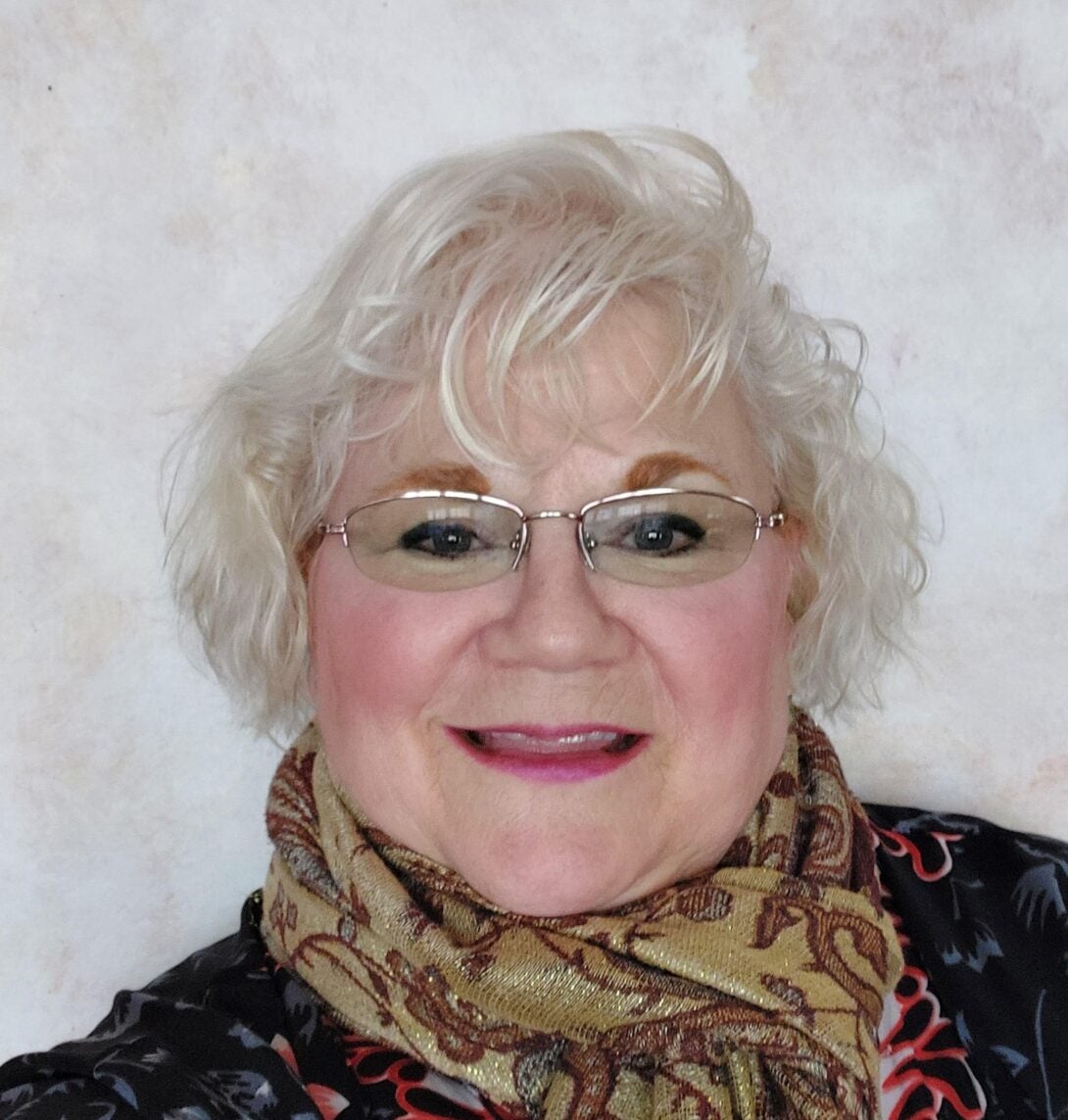Paper: Use of standardized patients can improve clinician skills with adolescents

body copy Heading link

The use of simulations involving adolescent “standardized patients” (actors playing patients) can help improve clinicians’ confidence and competence in interacting with adolescents, according to a paper published in the International Journal of Environmental Research and Public Health.
Laura Monahan, DNP ’16, MS ’12, MBA, RN, associate clinical professor and UIC Nursing Rockford campus director, was lead author on the study.
Intentional self-harm is the second leading cause of death among adolescents aged 11 to 21, and almost one in five high schoolers report considering attempting suicide, according to the paper. Yet many health care providers lack the necessary skills to interact effectively with adolescents.
“A lot of the nursing and physician residents said that they had no clue how to talk to adolescents,” Monahan says. “Working with standardized patients really increased their confidence.”
The pilot program involved 36 nurse and physician residents at Driscoll Children’s Hospital in Corpus Christi, Texas. The participating residents were given educational materials, which included a guide to using a psychosocial interview called the Home, Education Employment, Eating, Activities/screens, Drugs, Sexuality, Suicidal Ideation, and Safety (HEEADSSS) framework.
Participants were paired up (often with an interdisciplinary partner) to conduct a full psychosocial interview with two standardized patients acting as an adolescent and guardian. The pool of standardized patients were volunteers over the age of 18 and established through a collaboration with a local university. The encounters were followed by a group reflection led by a licensed social worker.
Following the simulations, confidence in clinical communication skills of the nursing and physician residents increased by 13%, clinical competency in performing comprehensive psychosocial interviews increased by 11%, use of HEEADSSS increased by 64%, and social work referrals increased by 89%, according to the paper.
Monahan says one of the benefits of the pilot project was the opportunity for nurses, physicians and social workers to work together and learn the roles and responsibilities of other professions.
“We tend to educate in health care in silos,” she says. “If we can offer more opportunities for interprofessional education … my opinion is they’ll be much better providers. You’re bringing a better package to the patient.”